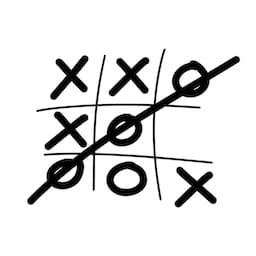Table of Contents
ToggleIntroduction to Tic-tac-toe
Tic-tac-toe, also known as Xs and Os, is that one classic game we’ve all played at least once—whether doodled on the corner of your math notebook or scribbled in the sand with a stick. It’s a simple yet oddly satisfying battle between two players, each taking turns to place an X or O on a 3×3 grid. The goal? Be the first to line up three of your marks—vertically, horizontally, or diagonally. This game’s simplicity and quick pace make it globally loved, from classrooms to cafes. No fancy graphics, just pure strategy, anticipation, and that sweet feeling when you call “gotcha!”
Game Rules and Operating Mechanism
When you start a game of Tic-tac-toe, you’re looking at a clean 3×3 grid—three rows, three columns, nine empty squares just waiting to be claimed. Player one usually takes X, player two gets O. You’ll take turns placing your mark into any open square, one move at a time.
The aim? Get three of your marks in a straight line—horizontally, vertically, or diagonally. That’s it. First to do that wins. Sounds easy, right? But once both players know what they’re doing, things heat up quickly.
You’ll start noticing patterns, setting traps, and blocking your opponent just in time. And sometimes, no matter how clever you play, it ends in a draw—a perfectly balanced battle of wits. Tic-tac-toe might be simple on the surface, but each move becomes a tiny tactical decision. One wrong square? You’re toast. One clever line? Victory. It’s a short game, but every round packs a punch.
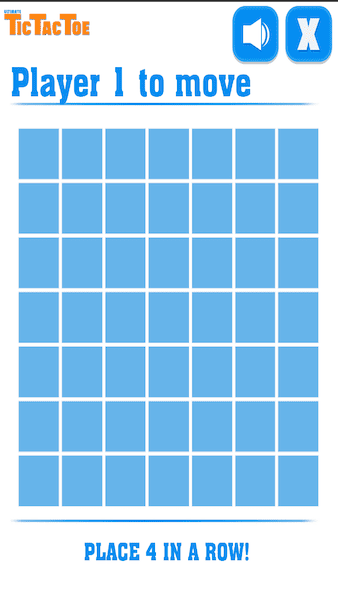
Controls and Online Experience
Playing Tic-tac-toe online is as straightforward as the game itself. No installation. No setup. Just head to the site, and the familiar 3×3 grid greets you instantly. You’ll see empty squares waiting to be filled.
Controls:
- Click on one using your mouse—that’s your move.
The interface is clean, distraction-free, and responsive. Whether you’re facing off against a friend or testing your skills against a computer opponent, the game flows smoothly. No pop-ups, no downloads, no fuss. It’s all about quick thinking and sharper moves, right from your browser. Just point, click, and let the Xs and Os battle begin.
Outstanding Features & Educational Applications
After playing Tic-tac-toe for what must be hundreds of rounds—mostly during class breaks or late-night boredom—it’s easy to see why it’s more than just a time killer. Beneath that simple 3×3 grid lies a world of pattern recognition, prediction, and strategy. You’re not just putting down Xs and Os—you’re reading your opponent, planning two steps ahead, and sometimes bluffing a move just to force theirs.
It’s this kind of logical thinking that makes the game surprisingly useful in classrooms. Teachers often use it to introduce basic game theory or to teach kids about fair play and turn-based strategy. And in AI research? Tic-tac-toe is one of the first games computer scientists used to train algorithms in decision-making. With just 765 unique board positions and around 26,000 possible game paths, it’s a perfect sandbox for building and testing game trees. Who knew a game this tiny could teach so much?
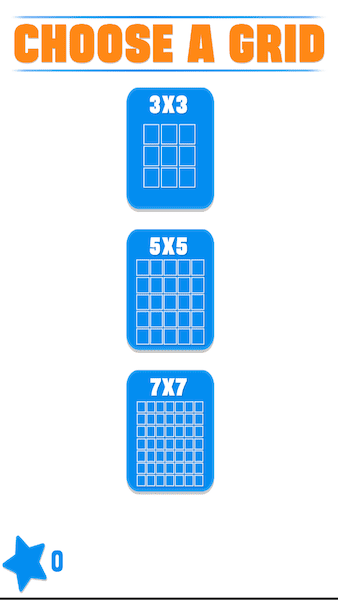
Compare with Games of the Same Genre
Tic-tac-toe might be one of the simplest intellectual games, but that’s what makes it timeless.
Compared to Hangman, which leans on vocabulary and deduction, Tic-tac-toe focuses purely on spatial awareness and short-term strategy. Dots and Boxes adds a layer of delayed payoff—build slowly, then strike—whereas Tic-tac-toe is all about immediate pressure.
Then there’s Ultimate Tic-tac-toe, a clever variation that multiplies the challenge: every small move affects a larger grid, forcing you to think on two levels at once. It’s like chess inside a puzzle.
All these games stretch the brain differently, but Tic-tac-toe remains the quickest to learn—and the trickiest to master.
Gamer Perspective
As someone who’s logged way too many hours playing quick strategy games during lunch breaks and late-night wind-downs, Tic-tac-toe still hits that sweet spot. It’s easy to jump into—no loading screens, no tutorials—but weirdly addictive when you’re up against someone who knows what they’re doing. I’ve had matches where we’d go ten rounds in a row, each ending in a draw, both of us trying to outsmart the other. That moment when you set a double-threat and your opponent doesn’t see it? Pure satisfaction. It sharpens your mind without you even realizing it. And honestly, it’s never just a kid’s game.
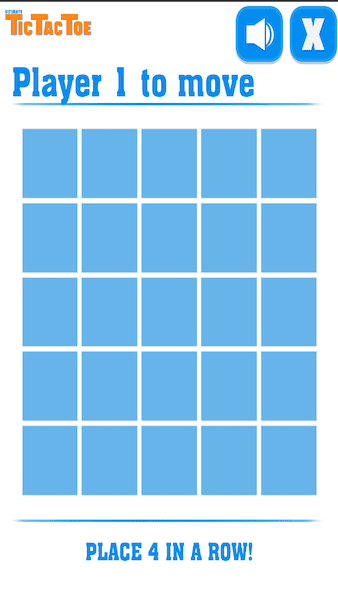
Winning Tips and Effective Strategies
Winning at Tic-tac-toe isn’t about luck—it’s about spotting patterns, setting traps, and knowing the math behind the board. One of the most important tips? Always go first if you can, and start in a corner. It gives you the best chance to control the board and force your opponent into mistakes.
If your opponent plays their first O anywhere but the center, you can win with perfect play. For example, place your second X in another corner with an empty space in between—this sets up a 2-way trap, giving you two paths to victory. If they play smart and place their first O in the center, you’ll have to shift tactics. Aim for the opposite corner or a side space and wait for a mistake.
The key meta-strategy? Force a fork—a position where you create two winning opportunities and your opponent can only block one. Advanced players also look for opportunities to block potential forks or lure their opponent into defensive loops.
Here’s what I learned after dozens of late-night matches: the third move is often where the real game begins. It’s not about just going for three in a row—it’s about thinking two, even three moves ahead. That’s where the game truly shines.
Why Does Tic Tac Toe Always Draw If Played Perfectly?
Tic-tac-toe is a solved game, meaning there’s a known way to play it perfectly. If both players use optimal strategy—thinking ahead, blocking threats, creating forks—the game will always end in a draw. There’s no room for surprise wins when every move is calculated. It’s pure equilibrium.
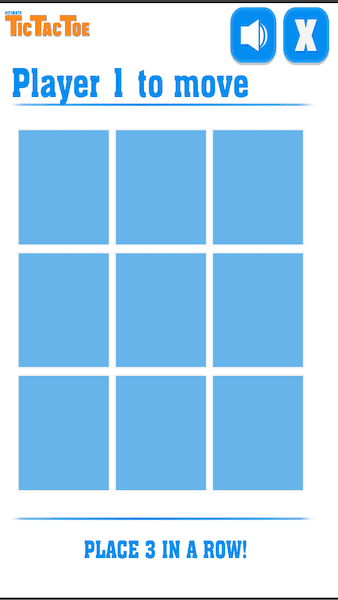
Variations and Generalizations in Mathematics
Tic-tac-toe is just the beginning. Mathematically, it’s a type of 3-3-3 game—three marks in a row on a 3×3 grid. But it can be expanded into m-n-k games, where the board and win condition change. There’s even a generalized Tic-tac-toe played on complex grids or in higher dimensions.
Conclusion – Why Is Tic-tac-toe Still Worth Playing in 2025?
Tic-tac-toe remains a classic game because it’s quick, smart, and endlessly replayable. It sharpens thinking, teaches strategy, and sparks friendly competition—whether you’re 6 or 60. In a world of complex games, its simplicity is refreshing. It’s proof that good games don’t age. They evolve with how we play them.

